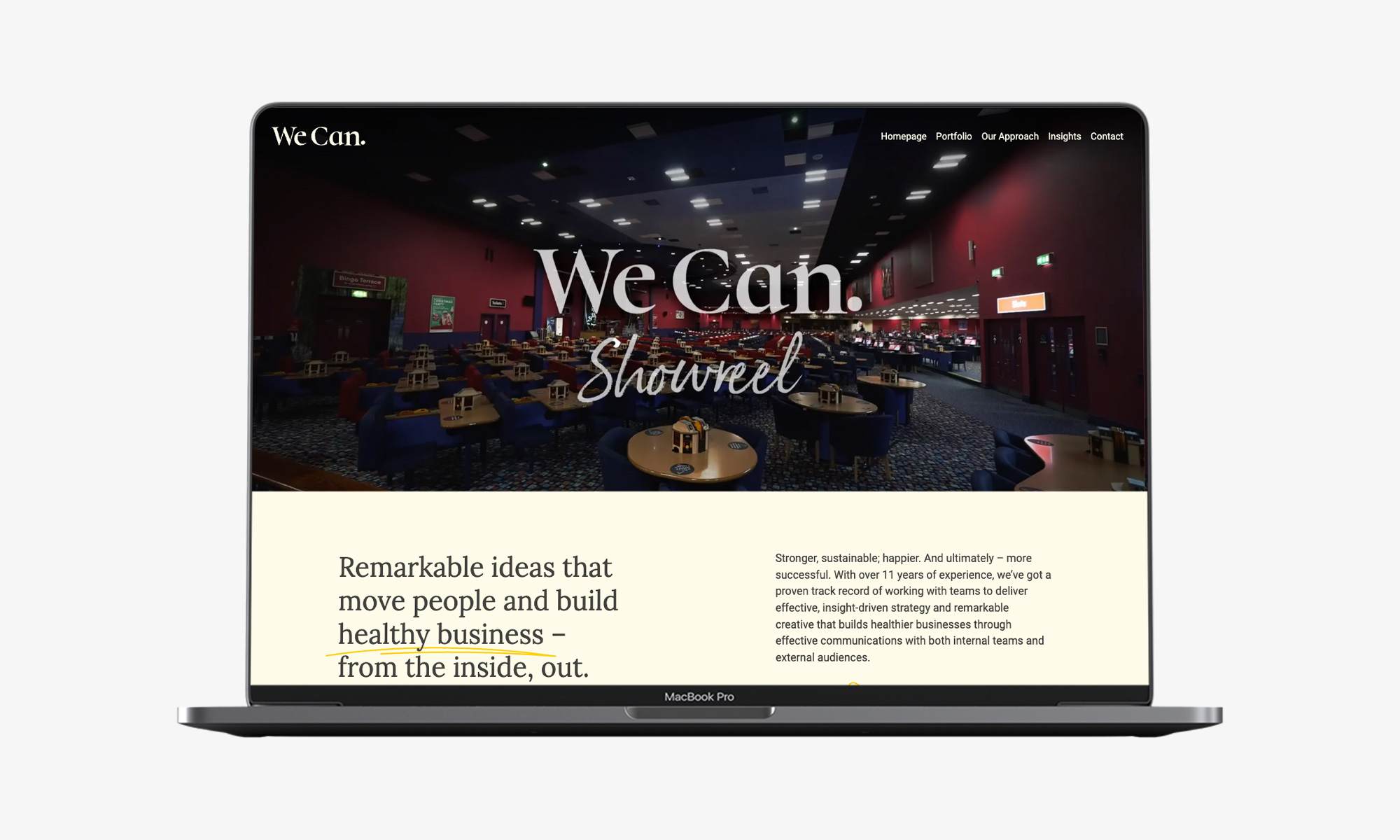When you’re looking to build or rebuild your website, there are a lot of options out there and the decisions can feel overwhelming. Our Head of Digital, Jack Templeman, explains the benefits and trade-offs of using traditional WordPress custom themes versus Headless WordPress, helping you choose the best approach for your site.
As our existing clients are aware, we are big advocates of WordPress. When properly utilised and optimised, WordPress excels at bringing a familiar, flexible and extendable CMS to production quickly and within budget.
Typically, what works best for most of our clients is building a custom theme on top of the WordPress CMS. This allows you to utilise WordPress plugins to quickly and easily add functionality to your site, without the need for developer assistance. Whether it be adding a gallery or analytics code, there are literally thousands of plugins for different purposes and scenarios.
Our custom core theme has, and continues to be, a great solution for theme development. It achieves excellent performance and code quality scores and allows us to be selective with what and how images, scripts and styles load onto the page.
Whilst this serves most of our clients well, there is another way to build websites with WordPress: Headless.
Usually when developing a WordPress site, both the backend (where admin and database live) and frontend (the website that users see) are tightly coupled.
Both written in a language called PHP, deployed to the same server and running on the same instance of WordPress, the two are one and the same. It’s what WordPress was originally designed to do, deliver a templated experience to developers and users.
However, when WordPress introduced a REST API to the WordPress core, it opened up the option to decouple our frontend, but continue to use the familiar WordPress admin backend.
By leveraging core and custom WordPress REST API routes, we can make requests to a WordPress instance for our page data, then display and interact with that data using another framework that is perhaps more suitable for building interactive frontends.
This allows us to use JS frameworks such as React or Svelte to create optimised, interactive and seamless experiences for users as well as improving the developer experience overall.
As with everything however, there are trade offs.
Decoupling the frontend means most plugins that are designed to add functionality to the frontend (e.g. displaying a gallery, adding analytics code) would not work without developer assistance, something which will have an impact on on-going costs.
Conclusion
We’re always exploring different technologies and opportunities to help you achieve your goals.
Ultimately, it’s up to you how you want to build your site.
We will continue to build traditional WordPress themes using our custom core theme. For most of our clients it’s the logical solution as it allows you the flexibility to add functionality via plugins should you need to in the future.
If you’ve got any questions with how to proceed with the build of a site, don’t hesitate to get in touch.
